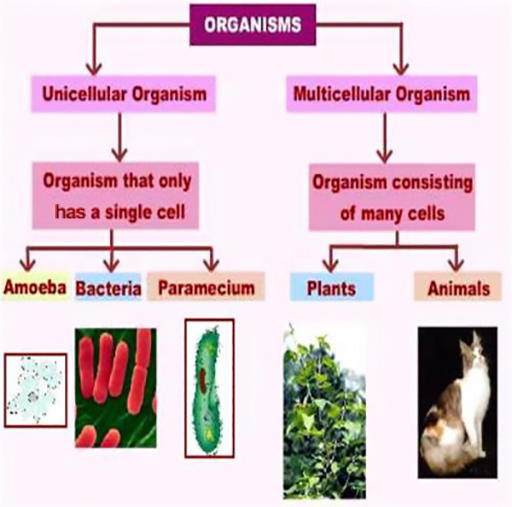1 Microbes, bacteria and fungi
This week, you will look at microbes, bacteria and fungi. What are they? And are they the same thing?
The term ‘microbes’ describes microorganisms. These exist either as single cells (unicellular) or as a colony of cells (multicellular), as shown in Figure 1.
Using Figure 1, now complete Activity 1.
Activity 1 Unicellular and multicellular organisms
Choose the correct options to complete the following statements.
You have now looked at bacteria, but what about fungi? The first difference to consider is that fungi are eukaryotes while bacteria are prokaryotes (Figures 2 a and b respectively).

Using Figure 2, now complete Activity 2.
Activity 2 Eukaryotic and prokaryotic cells
Choose the correct options to complete the following statements.
a.
50 × 10–6 m
b.
5 × 10–5 m
c.
5 × 10–6 m
d.
50 cm
e.
5 m
The correct answer is c.
In summary, fungi:
- are unicellular eukaryotes
- are about 10 micrometres big
- contain a cell membrane, cytoplasm and a nucleus.
and bacteria:
- are unicellular prokaryotes
- are about 2 micrometres big
- contain a cell wall, cell membrane, cytosol and DNA.
You will now revisit your bread mold experiment to see how you got on.

